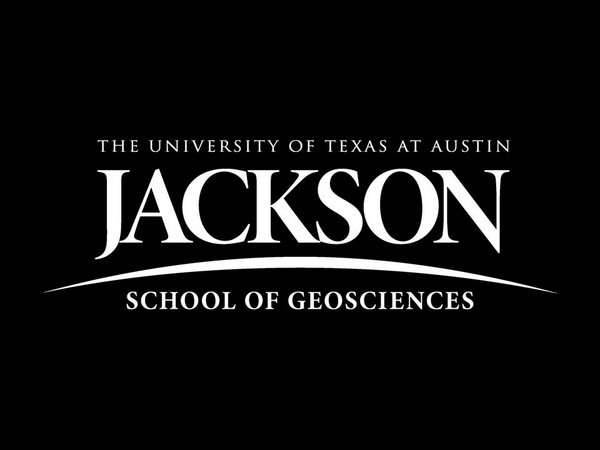Hidden World
credits here
Audio
Images
Image #1

Image #2
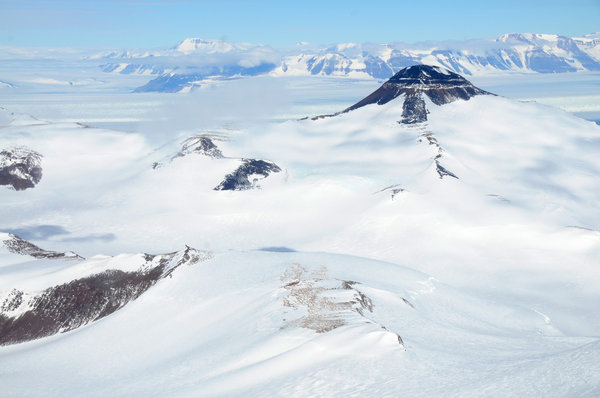
I'm Peter Flaig, a geologist at the University of Texas at Austin.
Image #3
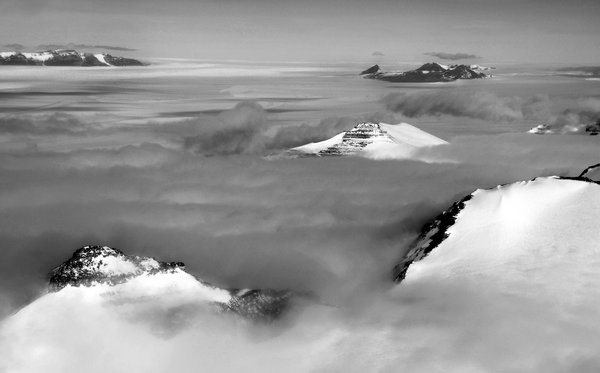
Before I was ever a geologist, I was a photographer.
Image #4
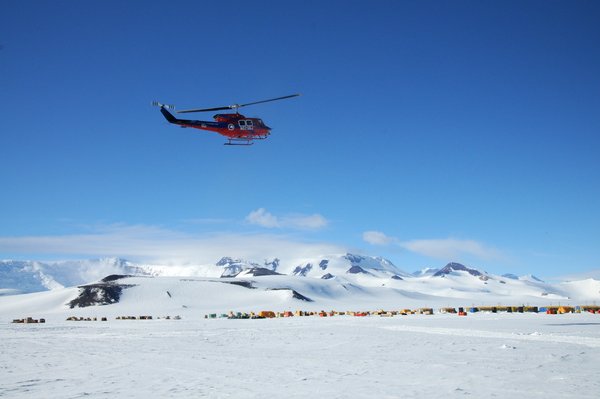
And one of the great things about geology for me is that geology takes me to these amazing places.
Image #5
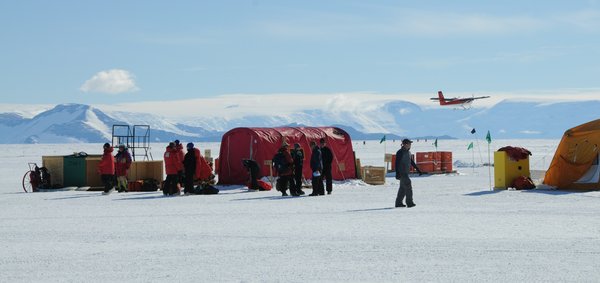
I’m never going to get to a remote camp in the Central Transantarctic Mountains as a photographer. It’s just not going to happen.
Image #6
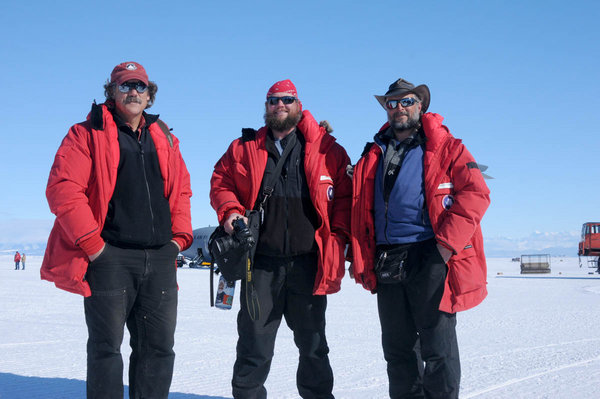
But I can go there as a geologist with my job and be there, and be a photographer, and get these beautiful photographs.
Image #7
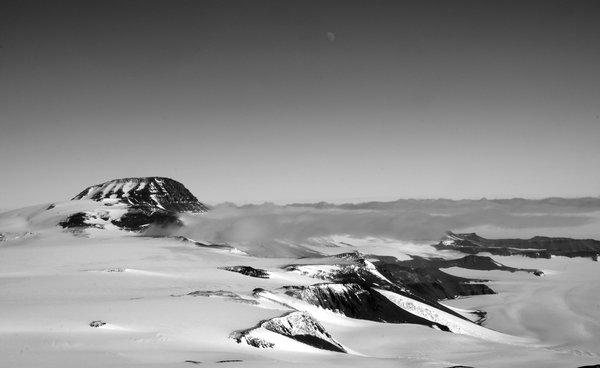
I’m so lucky to have a job that takes me to these remote locations. It’s incredible. I just love it.
Image #8
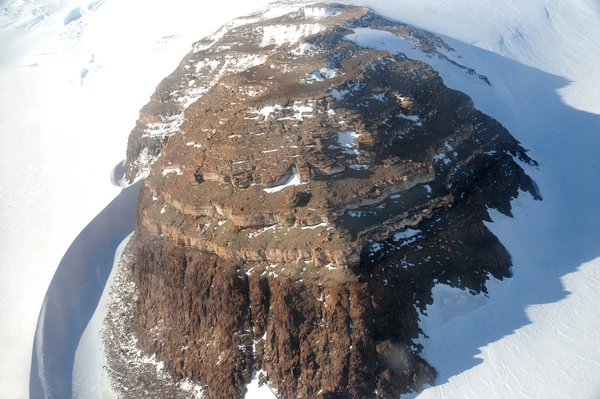
When I go to Antarctica, I don't just see snow and ice and rock.
Image #9
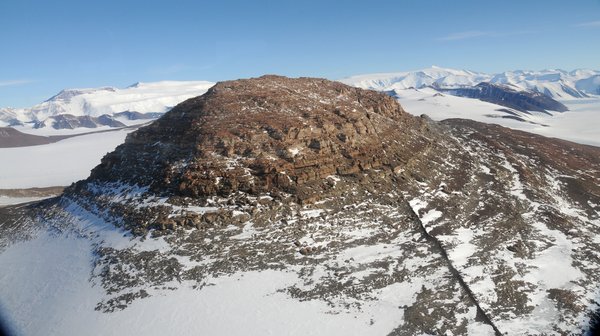
I look at this place in a completely different way.
Image #10
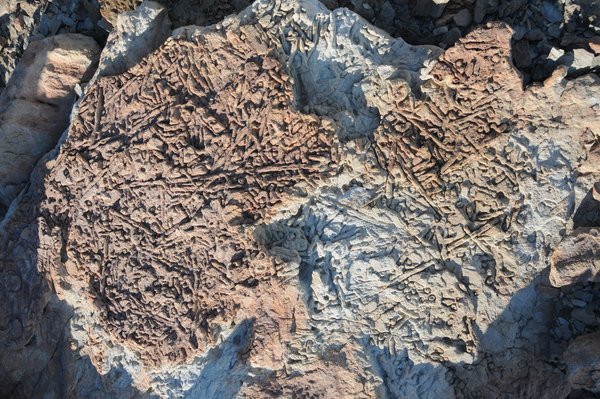
I look at it as ancient environments preserved in the rock record.
Image #11
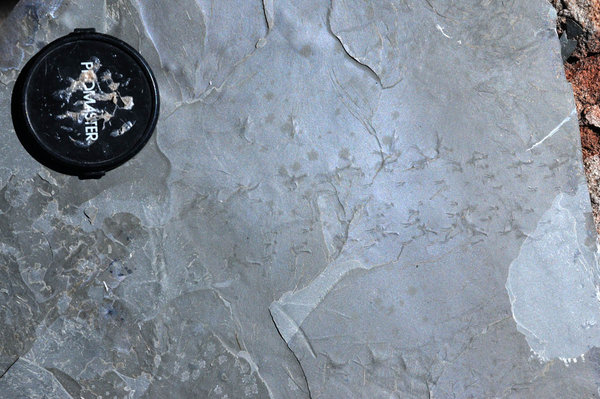
This is one of the neatest things we found in Antarctica. As far as we know, no one has found footprints of horseshoe crabs before. And some horseshoe crabs were walking back and forth over this mud and leaving these little traces, little footprints in the mud ...
Image #12
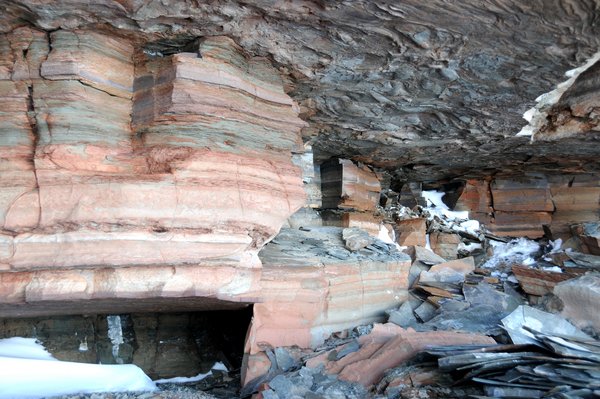
... and a little bit more mud and sand piled on top of it. Steve was jumping up and down, screaming, yelling.
Image #13
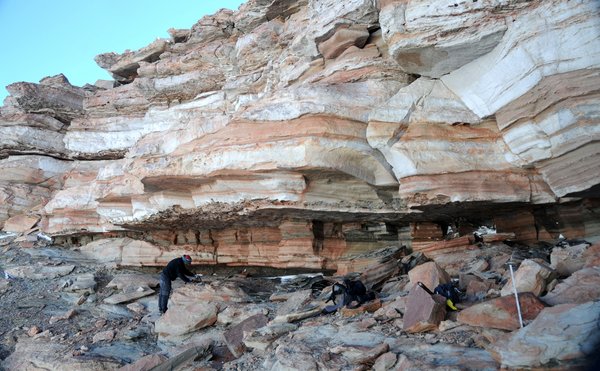
He was so happy, he was trying to tell everybody he knew on the outrcrop what we just found. He was super excited. So this was one of the best finds we had. He was blown away.
Image #14
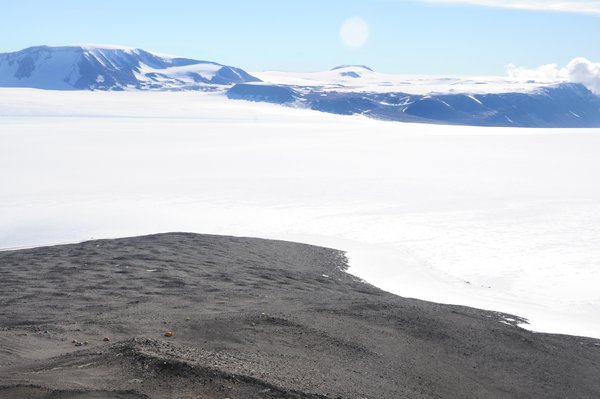
So compared to today, Antarctica was warmer.
Image #15
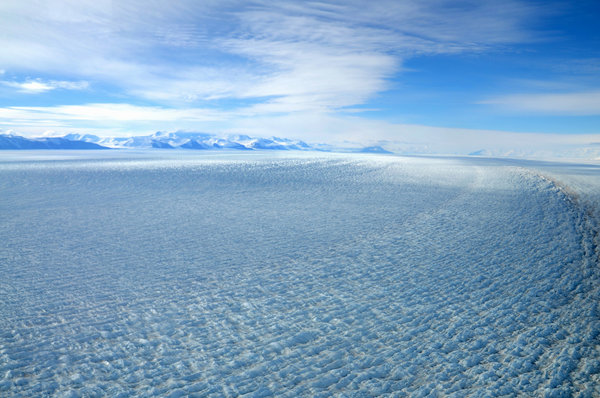
It was covered in forests. It had animals, insects, plants.
Image #16
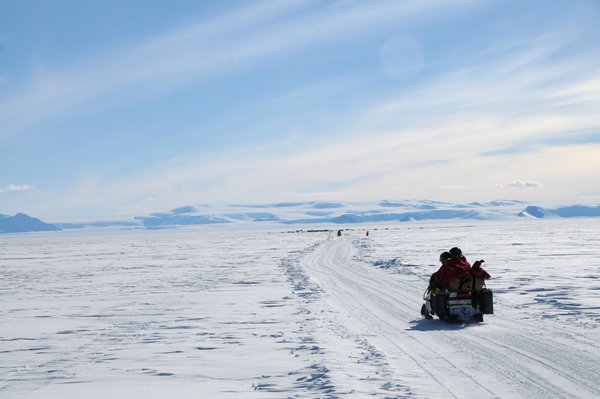
It was a completely different place than we see today.
Image #17
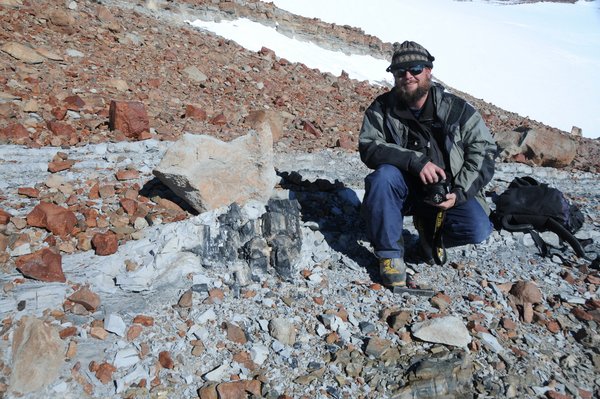
It’s amazing to me that there are no trees. The closest trees are in New Zealand from this location, which is thousands of miles away ...
Image #18
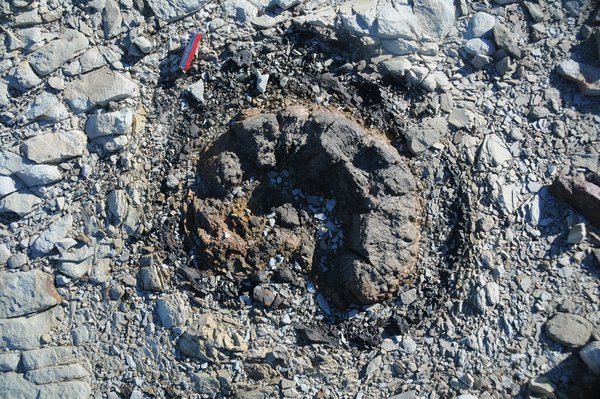
... but yet I’m standing here looking at trees in Antarctica.
Image #19
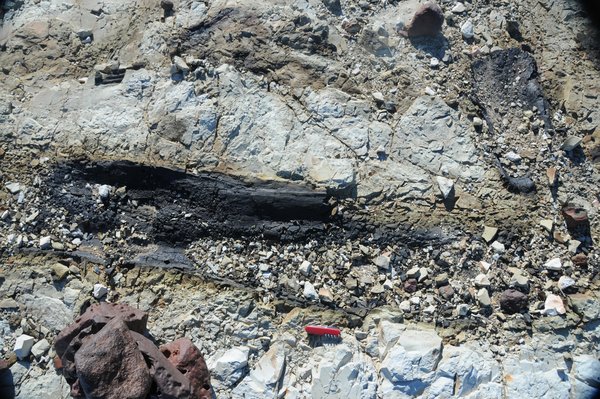
And it tells us a lot about how climate has changed over time ...
Image #20
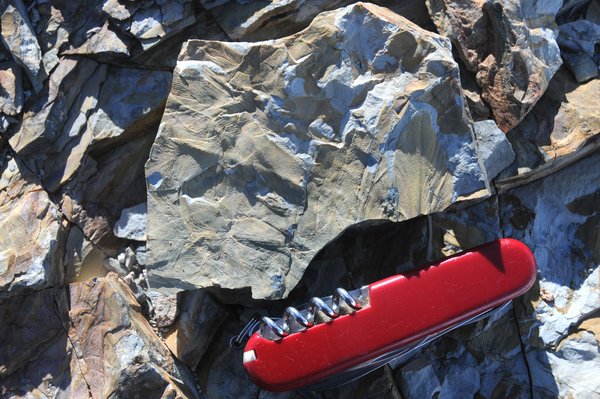
... and that a place that was once able to support a lush forest is now nothing but ice and snow.
Image #21
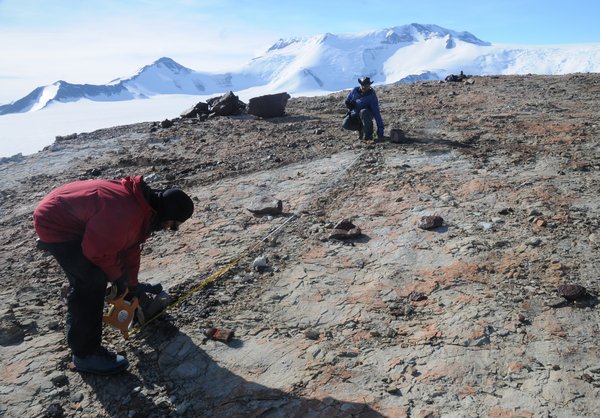
That’s really important. That’s a big part of our research down there.
Image #22
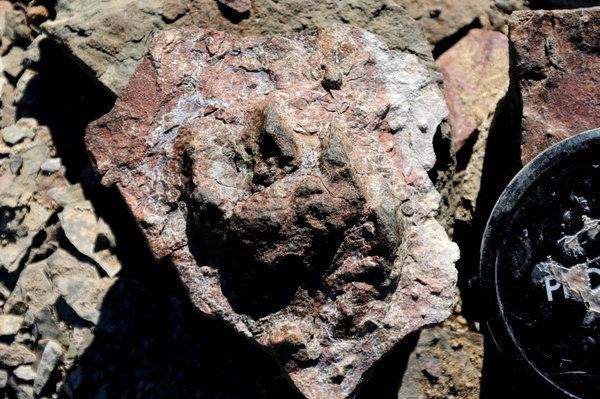
This was an amazing find by Steve, again, Steve Hasiotis. He was on his phone with his daughter and he looked down and facing up at him was something that if you look at this image I think you can see something that almost looks like a dog footprint squished up at you with a pad of a foot, with a series of toes.
Image #23
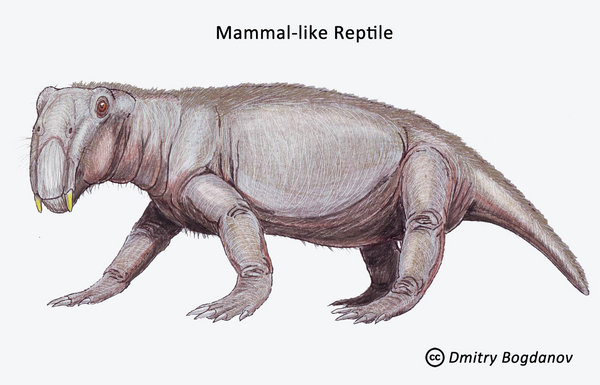
And what you can’t really see in this image there are even little nail imprints at the tips of some of these toes. And it’s a footprint of what I believe is a mammal like reptile.
Image #24
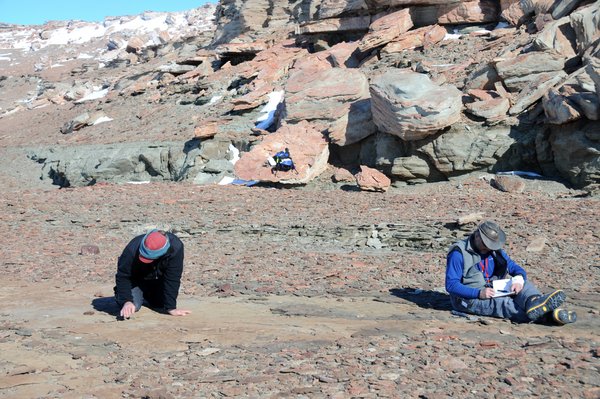
It was the best preserved footprint we found. But it’s a mammal like reptile and that’s what’s pretty important. Deep, deep time ancestors of human beings.
Image #25
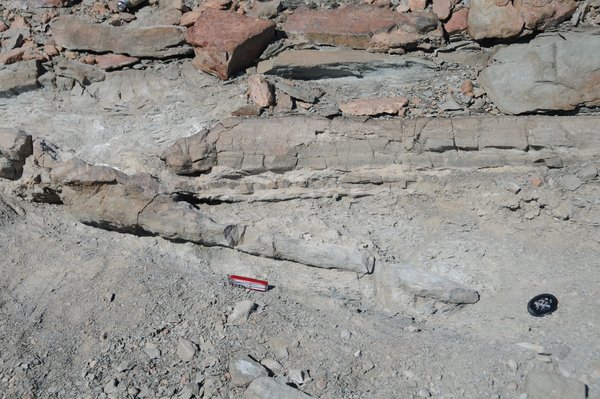
This is another one of the coolest finds that we found. This was a mammal like reptile burrow.
Image #26
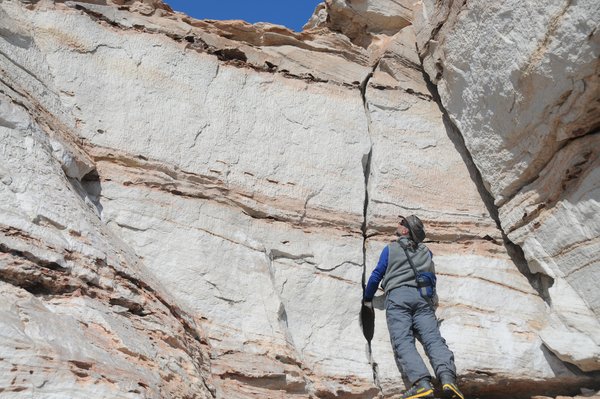
Burrowing is an adaptation for animals to get out of the elements or get away from predators, etcetera.
Image #27
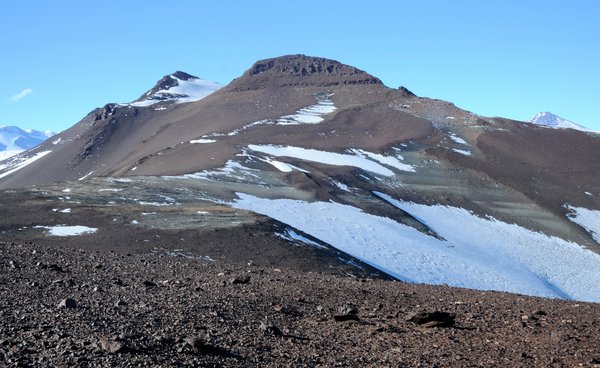
So burrowing itself tells you something about the animal’s habits.
Image #28
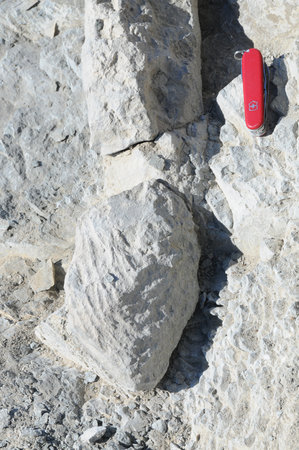
This is the terminal chamber of one of these mammal like reptile burrows. These little lines you can see on either side are the scratches from the animal actually making the burrow. [Interviewer: That makes it come alive!] It really does. It just blows me away.
Image #29
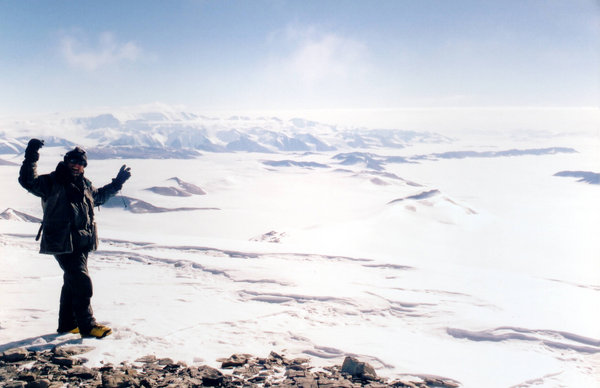
It’s great. I love it. I love what I do. I wouldn’t do anything else.
Image #30
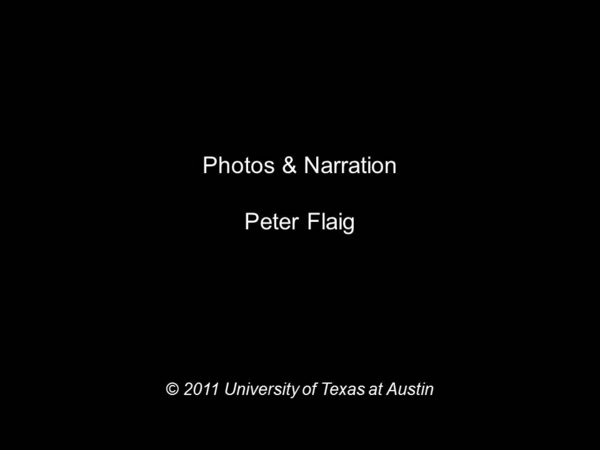
Image #31
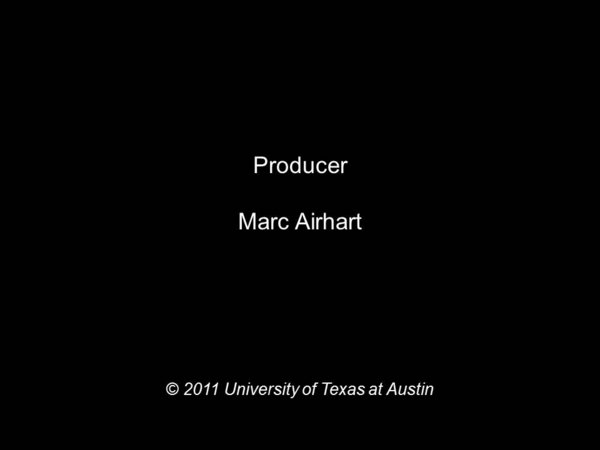
Image #32
